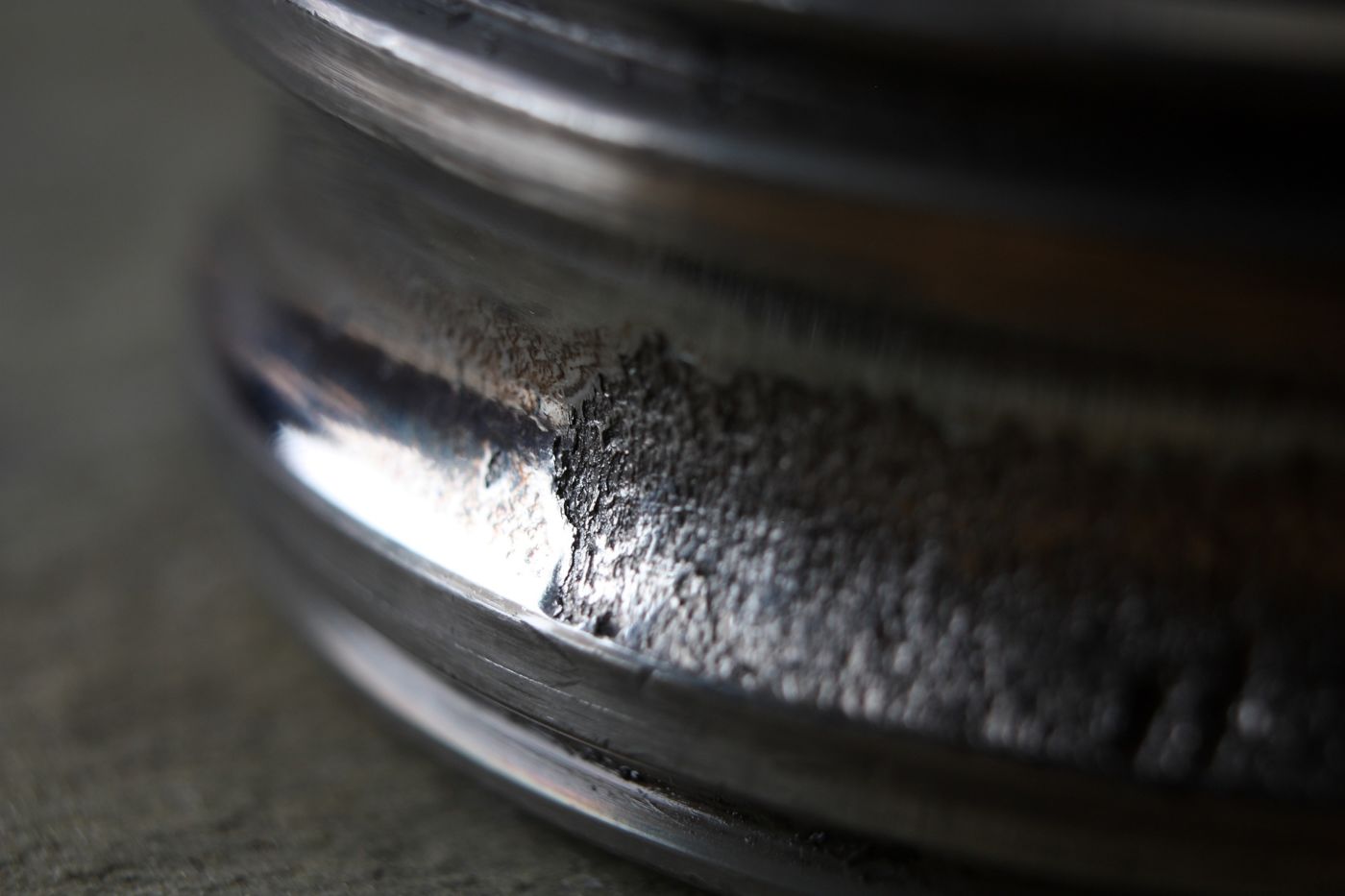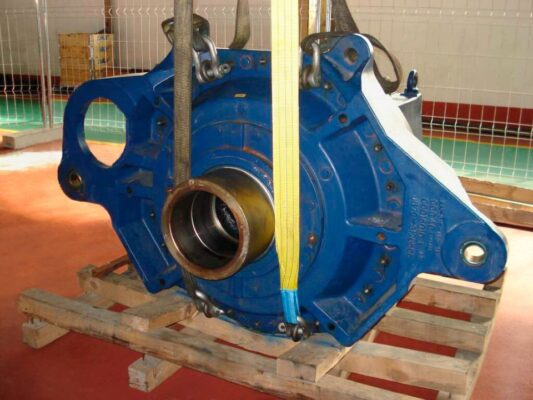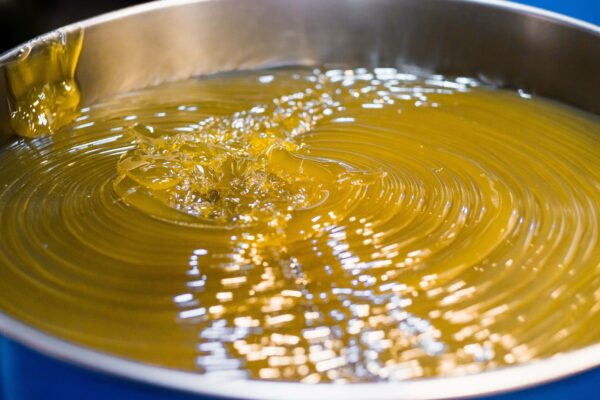Previously, the Wind Farm Management Blog looked at common failure modes in gearbox bearings. But what are the factors, operating conditions, and fundamental reasons that these defects occur?
The mystery of axial cracking
Cracking in bearings is a relatively common issue in modern wind turbines and can reduce the component lifespan by up to two years. Despite being a regular occurrence, the cause is not completely understood yet. Research is still ongoing from organizations, such as NREL and Argonne National Laboratory. Although a definitive root cause has not been identified, there are certain theories about contributing factors:
- Emergency or sudden stops: There is a relationship between abrupt halts in operation and gearbox service life. It is theorized that this significant strain results in early bearing deterioration.
- Friction and traction in bearings: Significant friction between rollers and raceways subject bearings to greater stress than normal, leading to bearings being unnecessarily strained. Incorrect lubrication can cause this.
- Ineffectual condition monitoring systems: If systems are not accurately reporting on operating conditions, it is likely that problems will not be identified, meaning operators are unaware where changes must be made.
- Rapid changes in torque: This is similar to sudden stops and may put bearings under strain they were not designed for. Many turbines do not employ a torque limiter that can counteract this.
Accumulative deterioration due to adhesive wear
The origin of this issue is more clear cut and happens when two surfaces rub against one another and transfer surface material from one component to the other. This creates excess friction as well as unwanted heat leading to degeneration. Over a period of time, this will wear the bearing to a point where it is no longer functional. Specialist products, such as black oxide bearings that provide a protective layer for the component, can help protect against this.
Micropitting may lead to bigger problems
These are incredibly small cracks that gradually increase in size to the point where it interrupts the smooth running of bearings. This degradation is due to lubrication becoming too thin resulting in unwanted contact. By properly lubricating bearings and ensuring that the thickness of grease is always at an optimal level, operators can rest assured that they will not have to deal with what is known as micropitting or surface distress.
Keeping control of conditions is vital to avoid moisture corrosion
Environmental conditions, including moisture, can have detrimental consequences for wind turbine bearings. If too much moisture is present within a turbine, rust can occur or lubricants may become ineffective and result in premature failure. Furthermore, bearings may even corrode themselves and electrical equipment is at risk of damage. This can be avoided by correctly sealing the areas where bearings and key machinery is located. Another option is implementing a humidity control system.
A diverse issue with many causes and solutions
Bearing failures account for a significant proportion of wind turbine breakdowns. It isn’t surprising that there are many causes and factors that can lead to premature deterioration. Therefore, there isn’t a one-size-fits-all solution to keep bearings intact. However, adopting best practices, correctly lubricating, and using durable materials goes a long way to extending lifespans.
This was the first part in our series about bearing failures. Have we missed anything off the list or is there a topic you would like us to cover next in the series? Let us know in the comments section below.



